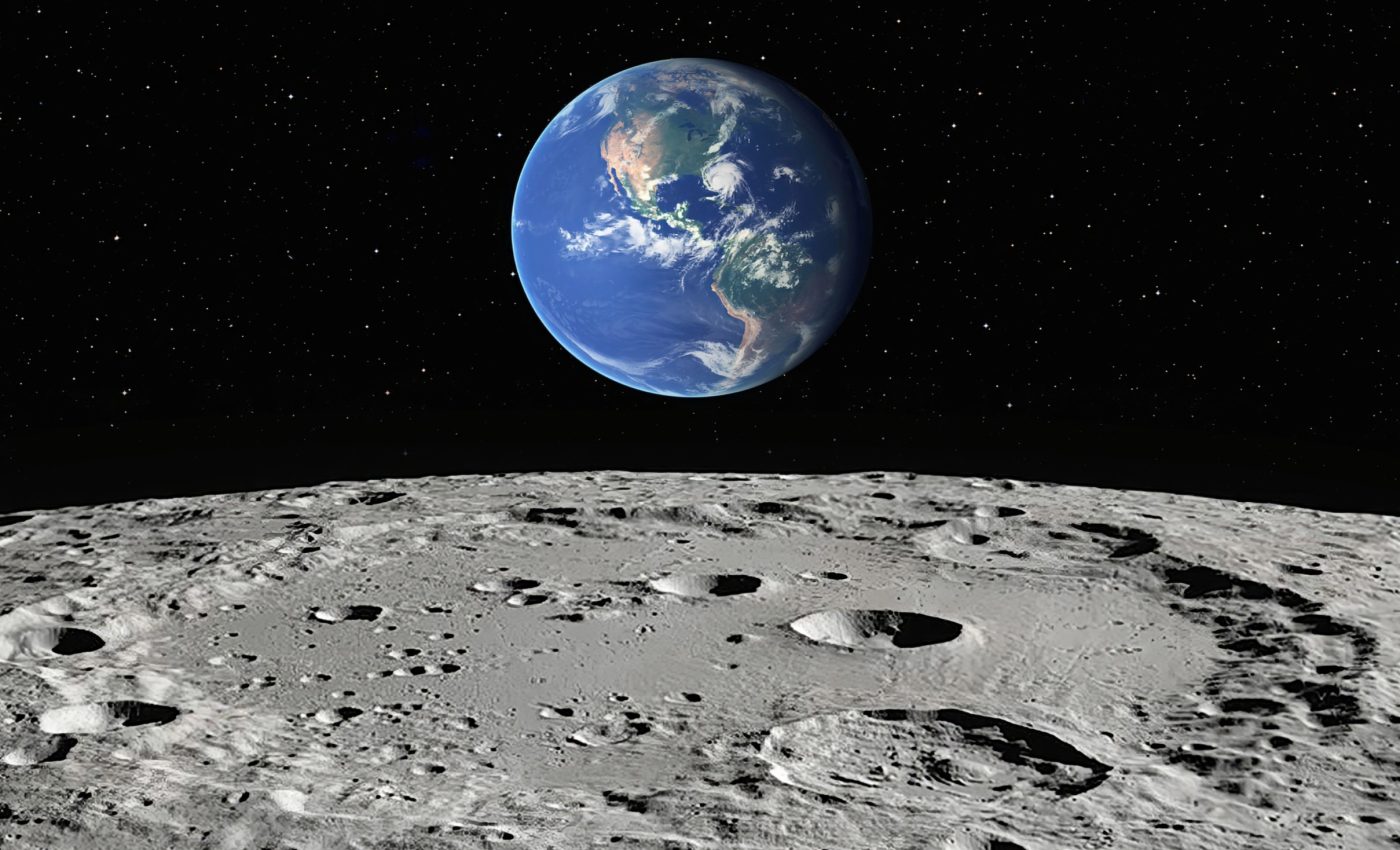
Moon’s biggest impact basin is millions of years older than we thought
Scientists have pinpointed the age of the moon’s oldest and largest impact basin, the South Pole-Aitken (SPA) basin, to over 4.32 billion years ago.
The research is shedding new light on the early history of asteroid and comet impacts on the moon.
Basin on the far side of the moon
Both the Earth and the moon have been bombarded by space objects since their formation, leaving behind craters and basins.
However, the exact timing of some of the earliest and largest of these impact events has remained a mystery – until now.
A team of scientists led by researchers from the University of Manchester believes they have dated the formation of the massive South Pole-Aitken basin, located on the far side of the moon and stretching over 2,000 kilometers, through analysis of a lunar meteorite.
Oldest impact basin on the moon
The research, published in the journal Nature Astronomy, focused on the analysis of a lunar meteorite called Northwest Africa 2995, found in Algeria in 2005.
This meteorite is classified as a regolith breccia, which is a type of rock formed by fragments fused together under heat and pressure. It contains key clues about the age of the South Pole-Aitken basin.
Study co-author Joshua Snape is a research fellow at the University of Manchester.
“Over many years, scientists across the globe have been studying rocks collected during the Apollo, Luna, and Chang’e 5 missions, as well as lunar meteorites, and have built up a picture of when these impact events occurred,” explained Snape.
Impact bombardment on the moon
According to Snape, the long-held consensus has been that the moon experienced a period of intense bombardment between 4.2 and 3.8 billion years ago.
However, by analyzing the uranium and lead levels in mineral and rock fragments within the Northwest Africa 2995 meteorite, the team concluded that the SPA basin likely formed 120 million years earlier than previously thought – around 4.32 to 4.33 billion years ago.
This finding weakens the argument that the moon’s bombardment was concentrated within a narrow period and instead suggests a more gradual process of impacts over a longer span of time.
“Constraining the age of the South-Pole Aitken basin to 120 million years earlier weakens the argument for this narrow period of impact bombardment on the moon and instead indicates there was a more gradual process of impacts over a longer period,” Snape said.
Dating the moon’s oldest impact basin
To determine the basin’s age, the researchers compared the data gathered from the meteorite to findings from NASA’s Lunar Prospector mission, which orbited the moon between 1998 and 1999.
The mission studied the moon’s surface composition, allowing the team to identify chemical similarities between the meteorite and rocks within the SPA basin. This comparison confirmed their link, supporting the new age estimate.
Understanding Earth’s early history
Study senior author Romain Tartese, an astrophysicist at the University of Manchester, noted that the implications of this research extend far beyond the moon.
“We know that the Earth and the moon likely experienced similar impacts during their early history, but rock records from the Earth have been lost,” said Tartese.
“We can use what we have learned about the moon to provide us with clues about the conditions on Earth during the same period of time.”
Future exploration of the moon
While this study presents a major breakthrough, there is more work to be done. Lead author Katherine Joy, an astronomer at the University of Manchester highlighted the need for further investigation.
“The proposed ancient 4.32 billion year old age of the South Pole-Aitken basin now needs to be tested by sample return missions collecting rocks from known localities within the crater itself,” she said.
Such future missions could provide additional data to verify the proposed age of the South Pole-Aitken basin, further advancing our understanding of the early impact history of both the moon and the Earth.
—–
Like what you read? Subscribe to our newsletter for engaging articles, exclusive content, and the latest updates.
Check us out on EarthSnap, a free app brought to you by Eric Ralls and Earth.com.
—–













